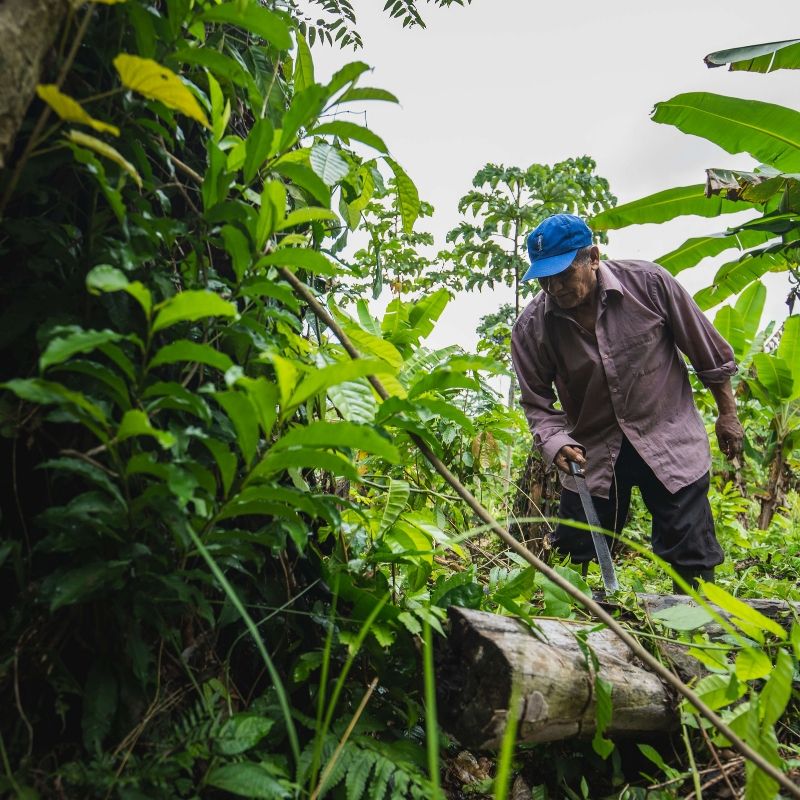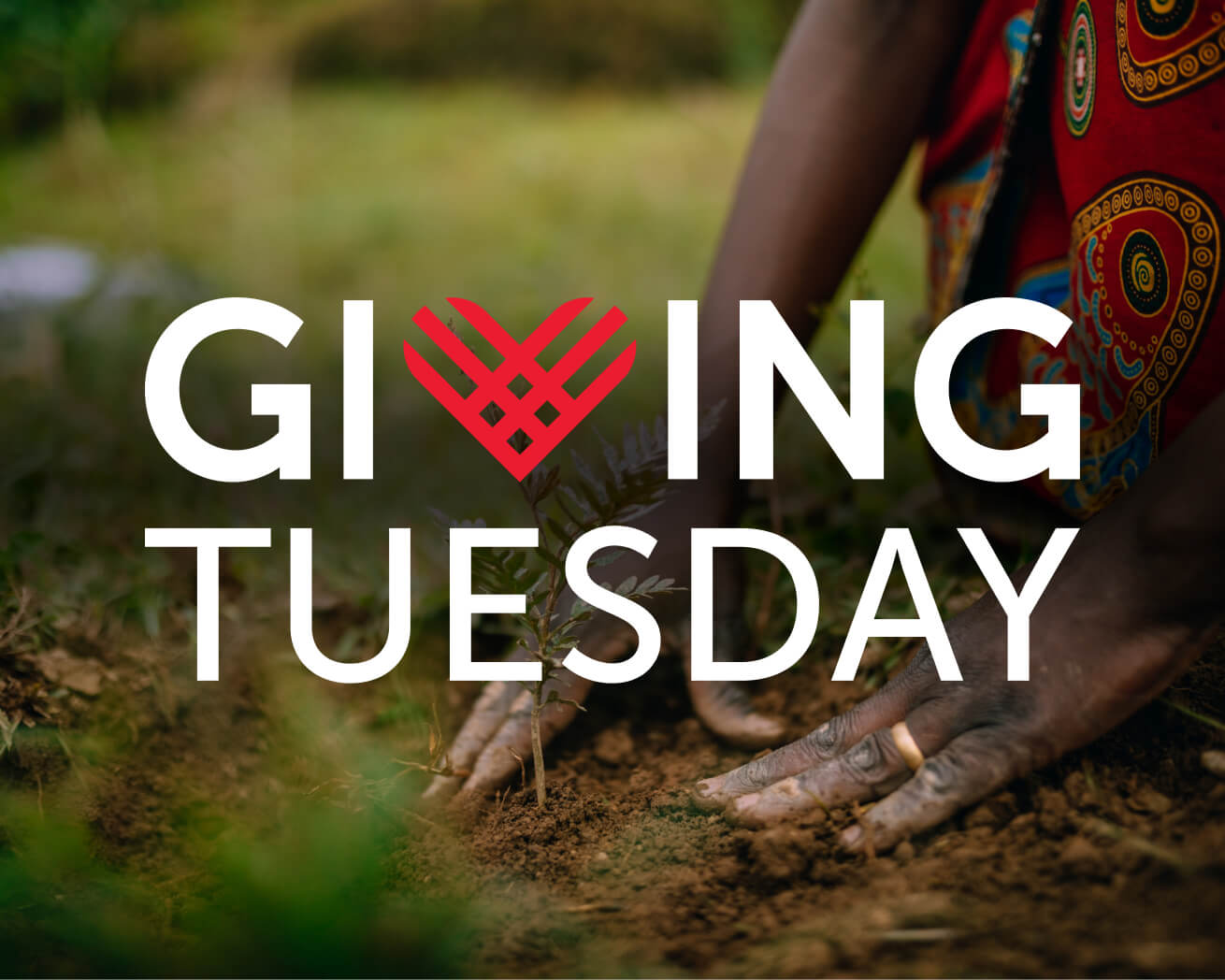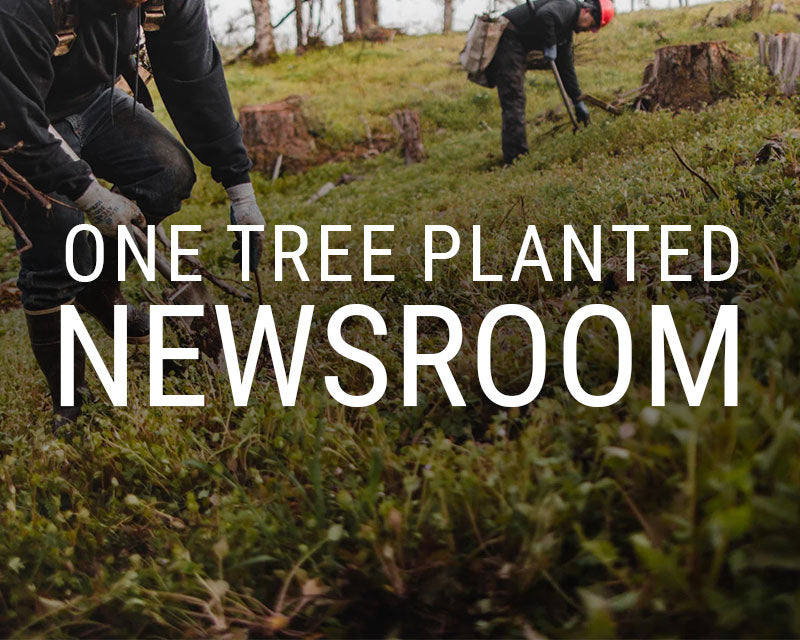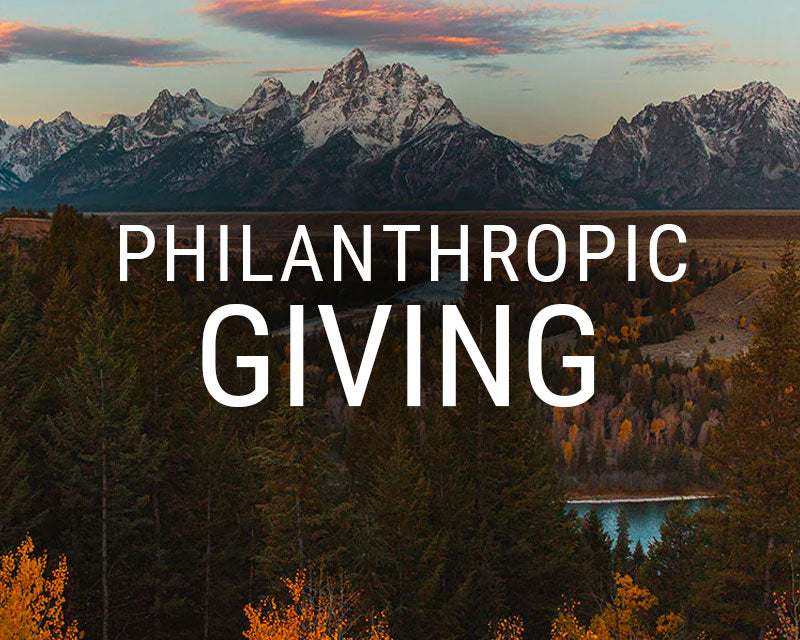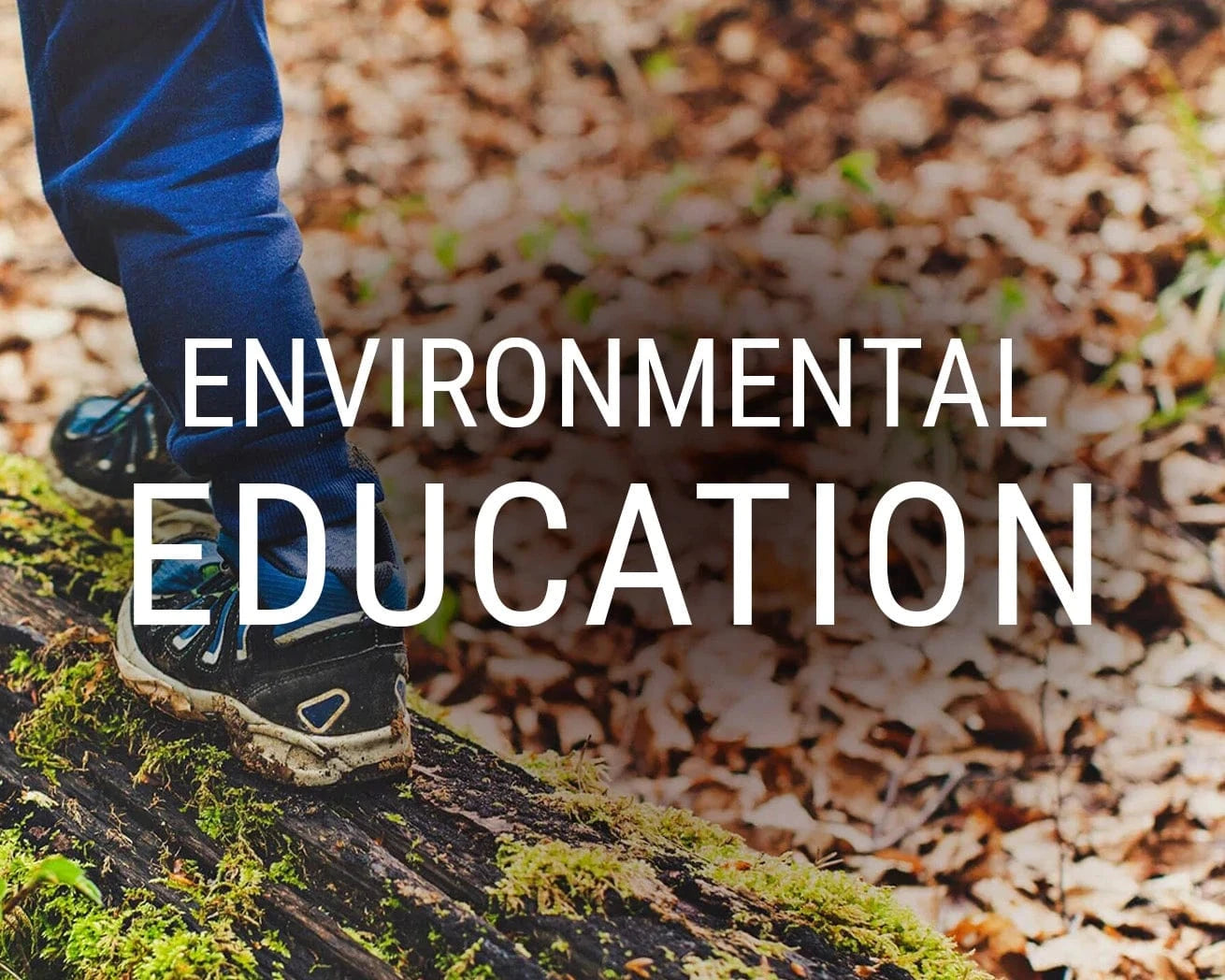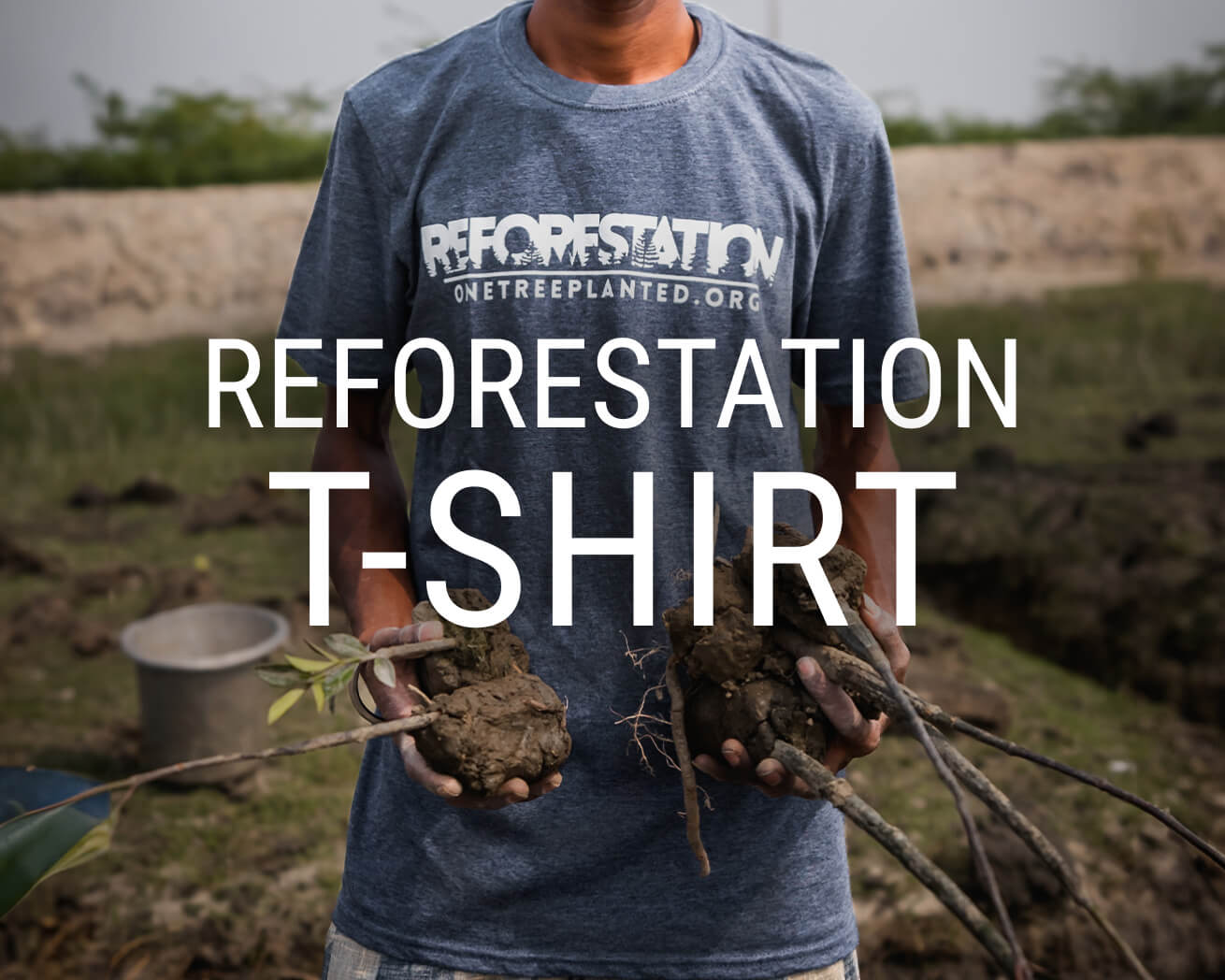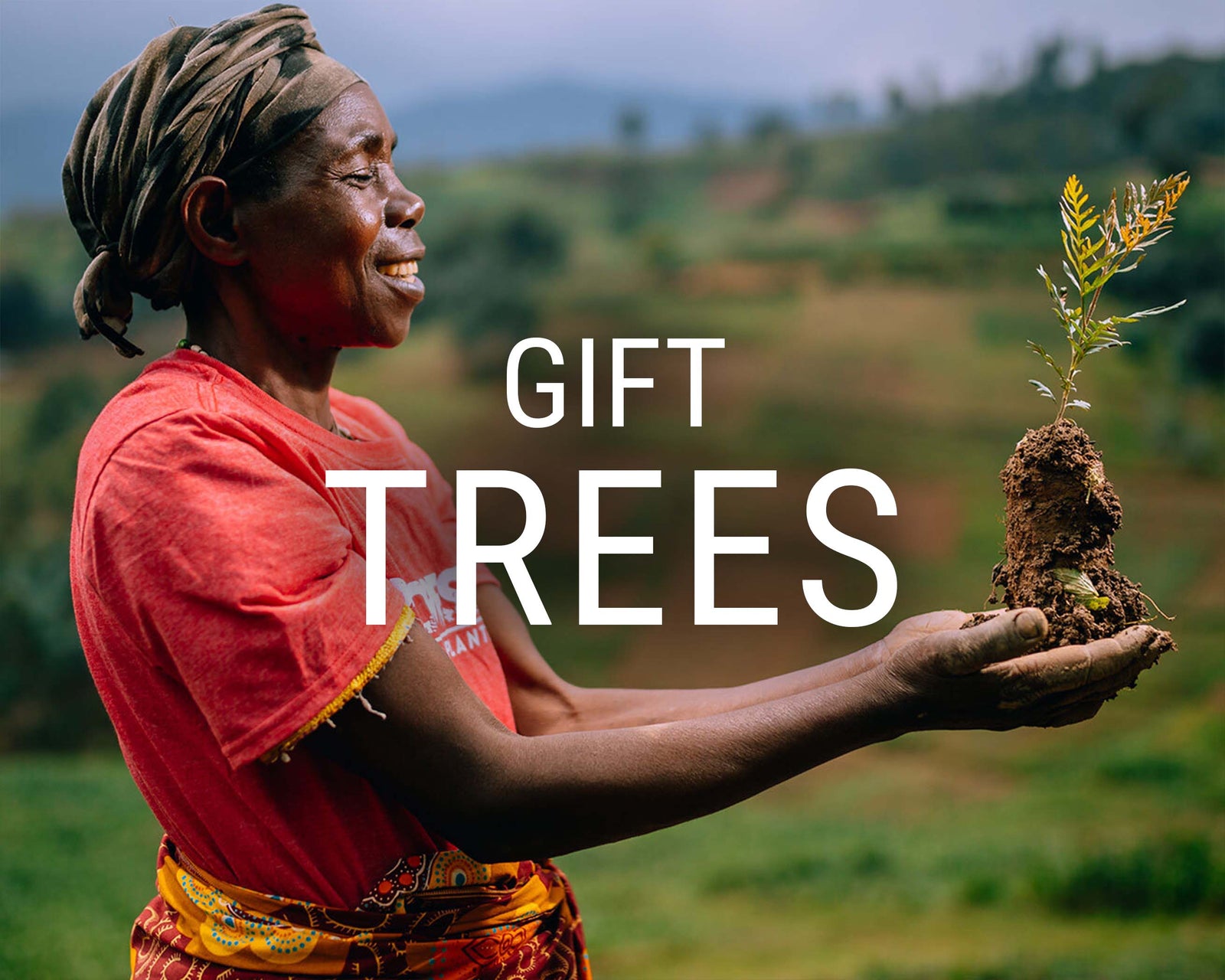Climate change
Deforestation Affects Wildlife, Ecosystems, Weather Patterns and Climate Change
What is Climate Change?
Climate Change presents a major existential threat, and how we respond to it will determine what our future looks like. But before we get to that, let’s get our facts straight.
Climate change is a long-term change in global and regional climate patterns. What it isn’t is “global warming” or unusual weather events. Global warming is a gradual increase in the overall temperature of the earth’s atmosphere, while weather is fluid and changes from day to day and year to year. Climate change is observed over a long period of time and includes the seasonal temperatures, rainfall averages, and wind patterns of a region. Its effects influence weather patterns, causing them to become less predictable.
And from shifting weather patterns that impact food production to rising sea levels that cause catastrophic flooding, we’re already experiencing some of those effects, which will only intensify if we continue with business as usual. Many of these effects are directly attributable to human activities like industrialization, deforestation, and unsustainable agriculture. And according to the Intergovernmental Panel on Climate Change, “the net damage costs of climate change are likely to be significant and to increase over time.”
So what do we stand to lose? Clean air, safe drinking water, a nutritious food supply, and global stability to start. Inspired by these challenges, human ingenuity is getting its moment in the sun as scientists, engineers, and industry leaders come together to develop creative solutions!
pushed into poverty
by 2030 if solutions
aren't found.
have risen by
8 inches since
reliable record keeping
began in 1880
have declined
by 60% over
the last 40 years
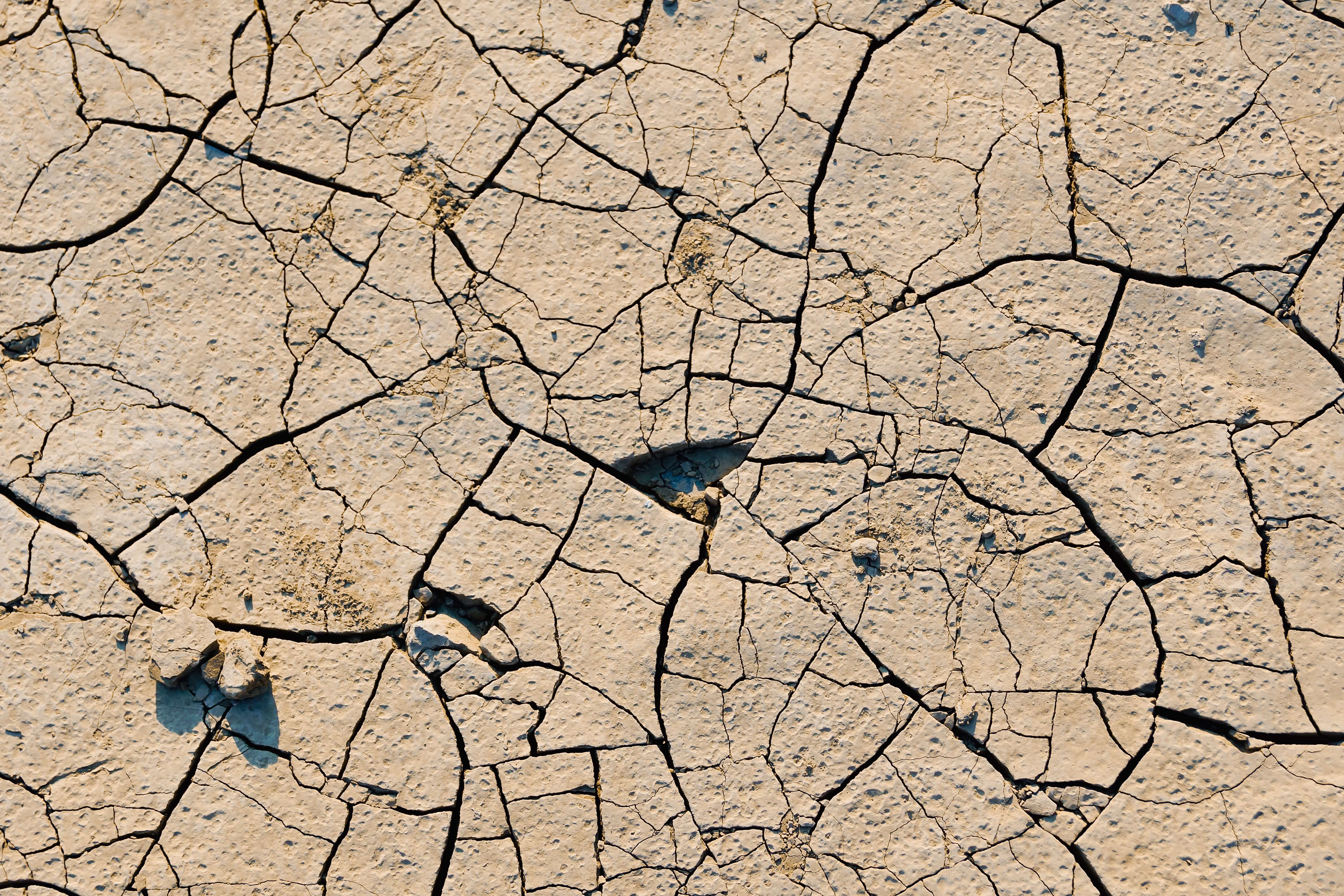
effects of climate change
- Wildfires
- Floods & Rainfalls
- Droughts & Heatwaves
- Hurricanes & Rising Sea-levels
- Displacement
- Extinction
- Thanks to rising temperatures, intensifying droughts, sick forests, and unsustainable development, wildfires are raging across the world at an unprecedented rate. From the bushfires in Australia to the wildfires in California, the Huffington Post called 2019 “The Year The World Burned.” With current climatic modeling, the unfortunate truth is that this trend will only continue to intensify: the Union of Concerned Scientists projects that “in the future, the fires themselves will be larger, more destructive, more common, and more costly.”
We’re already seeing this, and we’re doing everything we can to reforest the fire-sensitive forests around the world that can’t regenerate on their own. However, more must be done to prevent fires from happening in the first place. One interesting solution, developed by scientists at Stanford University, involves spraying a cellulose-based gel onto fire-prone vegetation. This gel, which is biodegradable, can act as an effective carrier fluid for traditional fire-retardants—allowing firefighters to apply them selectively and less frequently. Currently, these retardants are sprayed on active fires and often get washed away too quickly to be truly effective. In contrast, researchers found that this gel provided 100% protection against fire, even after receiving an inch of rain. -
While some areas are experiencing extreme drought due to climate change, others get too much water. Climate change is linked to heavier and more frequent rainfall, leading to a marked increase in destructive inland flooding and storm surges. According to NASA, "projections of future climate over the U.S. suggest that the recent trend towards increased heavy precipitation events will continue. This trend is projected to occur even in regions where total precipitation is expected to decrease, such as the Southwest.” Heavy rainfall and flooding can create life-or-death situations, intensify erosion, degrade rivers and streams, and damage homes and infrastructure.
While planting trees helps to combat these effects—trees protect against storm surges, absorb water, and hold soil together — researchers at MIT have come up with another solution: engineered wetlands. Intended for cities, which are particularly vulnerable to flooding and overflows, these artificial wetlands mimic the natural ones that were paved over, slowing and purifying the water that flows through. This solution is more cost-effective than most and has the potential to take the pressure off of aging infrastructure and sensitive aquatic species downstream. -
On the flip side, droughts and heatwaves put millions of lives at risk by harming food security and creating dangerously high temperatures. As the Union of Concerned Scientists explains: when CO2 is released into the atmosphere, it blankets the planet, which prevents heat from escaping our atmosphere. They add that “rising temperatures are linked to almost all of climate change’s most severe impacts.” And, unfortunately, NASA recently shared that “droughts and heat waves everywhere are projected to become more intense, and cold waves less intense.” They add that “summer temperatures are projected to continue rising, and a reduction of soil moisture, which exacerbates heat waves, is projected.”
Again, trees can help by providing shade, reducing the dangerous Urban Heat Island effect, and helping to retain soil moisture. And science has come up with another interesting solution: using graphene filters to desalinate water with nothing more than hydrostatic pressure. This solution is still being developed, but it would allow desalination to become a truly viable climate change solution by greatly reducing the amount of energy required. So far, researchers at MIT have found graphene to be exceptionally durable under pressure, which is essential to the filtration process. -
As the world warms, sea levels rise, "disrupting and damaging coastal communities and infrastructure in virtually every sea-bordering country in the world.” Some estimates put that rise at 8 ft by the end of the century, which means that coastal communities and entire island nations could end up completely submerged. The scientific consensus is that “this is the result of added water from melting land ice and the expansion of seawater as it warms.” Adding to the pressure felt by these vulnerable populations, warmer air and oceans are creating more frequent and intense hurricanes. And “hurricane-associated storm intensity..[is] projected to increase as the climate continues to warm.”
While trees can’t stop sea-level rise, they can act as a barrier between hurricanes and vulnerable populations, absorbing excess water in the soil and releasing it into the air as water vapor. In addition to planting more trees in coastal areas, we need to strengthen sea walls and invest in developing more resilient infrastructure. Some scientists have taken their efforts even further—specifically, into the depths of the ocean. Norwegian researchers believe that a viable solution exists in the tried and tested technology of “bubble curtains.” Currently used by Norway to keep their fjords free of ice, this low-cost solution involves inserting a perforated pipe deep into the water (between 100-150 meters down), and pumping bubbles of compressed air into the cooler, lower depths of the ocean. These bubbles transport cold water to the surface from below. This has the potential to reduce surface temperatures and, therefore, the risk of super-hurricanes developing and achieving landfall. rainforest, which is a higher percentage than any other tropical country. This was largely caused by agricultural clearing and illegal mining. - With all of these climate change effects comes the added pressure of intensifying existing inequalities and conflicts. Already, 11% of the population is adversely affected, and we can only expect this number to grow—with the roughly 800 million people currently living in extreme poverty getting the brunt of it. Crop failures will drive up the price of food, competition over scarce resources will escalate, and entire regions will become unlivable, forcing inhabitants to migrate elsewhere. And by the end of the century, sea level rise alone could displace more than 100 million people. These migrations will “exacerbate existing political and social tensions, and significantly increase the risk of conflict and war.” And, unsurprisingly, these effects could also push an estimated 100 million more people into poverty by 2030 if not addressed. Deteriorating conditions in Sub-Saharan Africa, Latin America, and South Asia will displace an estimated 140 million people by 2050.
Planting trees can help stabilize deteriorating environmental conditions and improve agricultural yields, but significant improvements in infrastructure, early warning systems, and planting of drought-resistant crops will also be necessary. The Global Commission On Adaptation, co-managed by the Global Center on Adaptation and the World Resources Institute, seeks to alleviate these issues by “encouraging the development of measures to manage the effects of climate change through technology, planning and investment.”
Through their research, they have determined that by investing $1.8 trillion dollars over 10 years, the world could save $7.1 trillion dollars in costs associated with rebuilding after disasters. More importantly, investing this money (equivalent to worldwide military expenditure each year) could save millions of lives and, potentially, reduce climate change-induced displacement. -
Humanity is not the only population that will struggle to survive—currently, we are facing a global crisis in biodiversity loss. Tens of thousands of animals are becoming extinct each year, prompting scientists to wonder if we’re in the midst of a 6th mass extinction. According to a recent UN Report, around 1 million species “are now threatened with extinction, many within decades.” And according to the WWF Living Planet Index, on average, wildlife populations have declined by 60% over the last 40 years.
Obvious ways to combat extinction include protecting and conserving wildlife habitat by ending deforestation, eliminating plastic waste, and cutting down on pollution. One interesting solution considered by a panel of scientists last year was: better air conditioners. This may seem unconnected, but hear us out! Last year, the World Economic Forum revealed that air conditioners alone could use up 40% of our remaining global carbon budget by 2050. This is bad news for the “70 to 90 percent of the world’s coral reefs; up to half of plant and animal species in the world’s most naturally rich areas” that “could face extinction…with only a small amount of warming.” Fortunately, scientists have developed a water-based, eco-friendly air conditioner that is capable of cooling air to as low as 18 deg. C without using energy-intensive compressors and environmentally harmful chemical refrigerants like conventional units do. It also produces potable water as a byproduct of its processes. How cool is that?
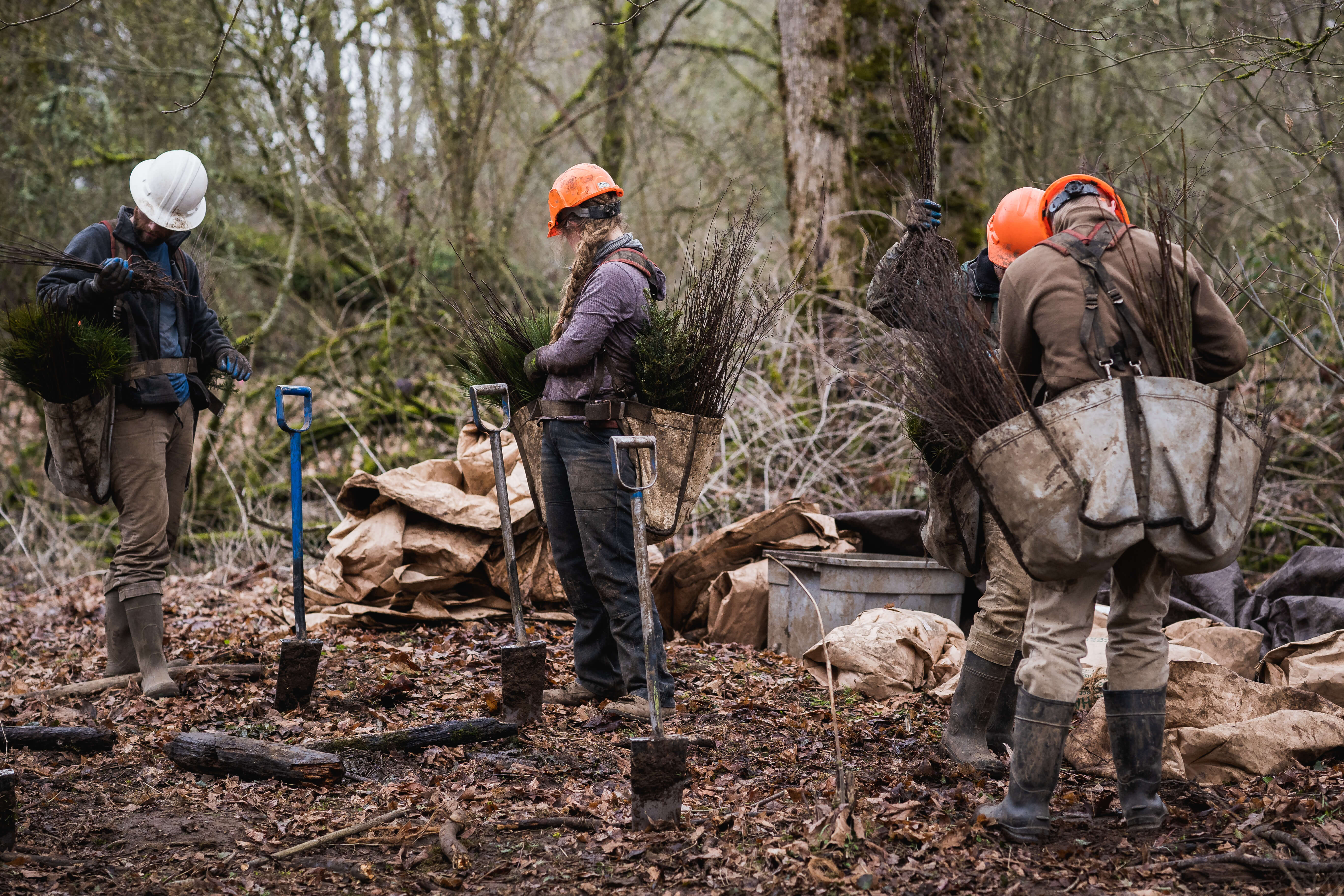
WHAT CAN WE Do?
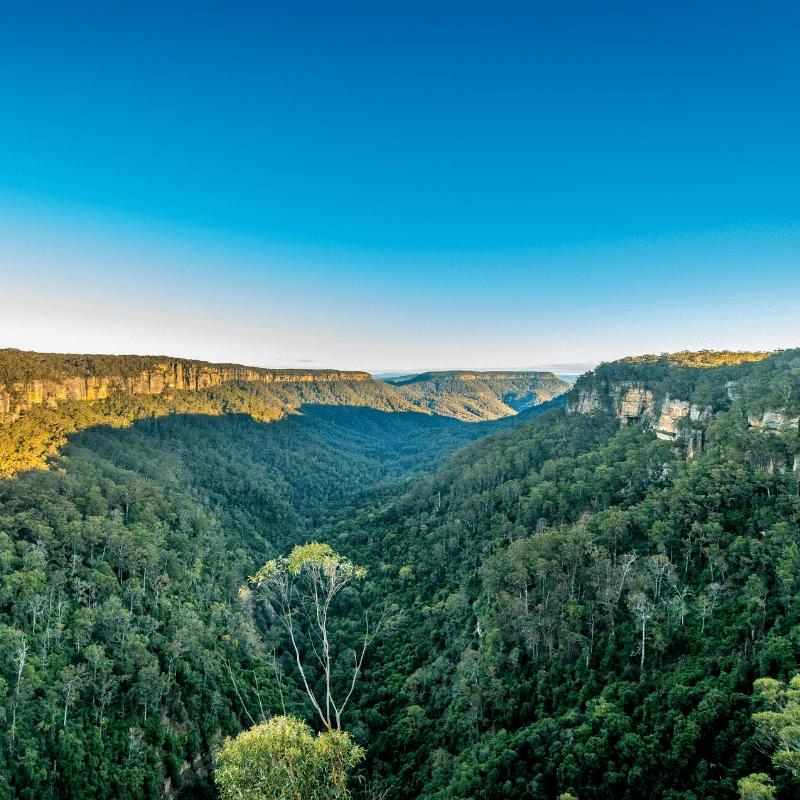
Speak up and join coalitions
Use your voice to advocate for sustainability and environmental justice, but not by trying to convince those who are not interested in changing their behaviors. Find opportunities to speak about why you’re passionate about nature or wildlife, join like-minded groups or coalitions who lean on power in numbers to affect change, and simply share your own positive actions with friends and family to spark curiosity in others.
Reforestation has consistently ranked as the #1 climate change solution—and with good reason! Trees help to stabilize our climate by absorbing and sequestering carbon via photosynthesis. In fact, one mature tree can sequester up to 22lbs of carbon in one year. They also filter and absorb air pollutants, release oxygen for us to breathe, modulate temperatures, provide wildlife habitat, and so much more. Clearly, they’re friends worth keeping in our corner. Plant a tree today!
Support Renewables and Make Your Diet Sustainable
- If you own your home, consider having solar panels installed on your roof.
- If you don’t, or if an installation just isn’t feasible right now, you can still make a difference. Pay a little bit more to get your energy from renewable sources via your utility.
- Urge your school, pension fund, office, banks, etc., to divest from fossil fuels if they haven’t already.
- Consider greening your commute by swapping your gas-powered car for an EV.
- The food you eat every day has a huge impact on the planet. Opting for organic and local, phasing out or at least reducing meat, and growing your own will make a difference!
- And because so much of the food we buy is wasted, try meal planning to streamline your shopping, and compost whatever you don’t use.
